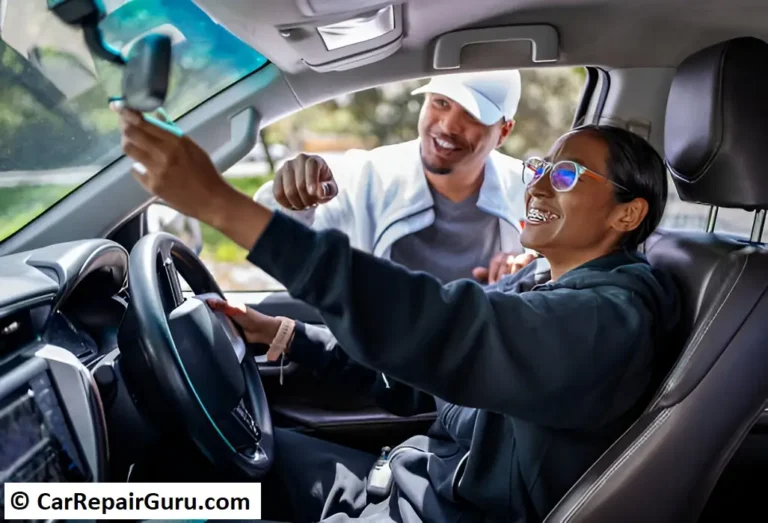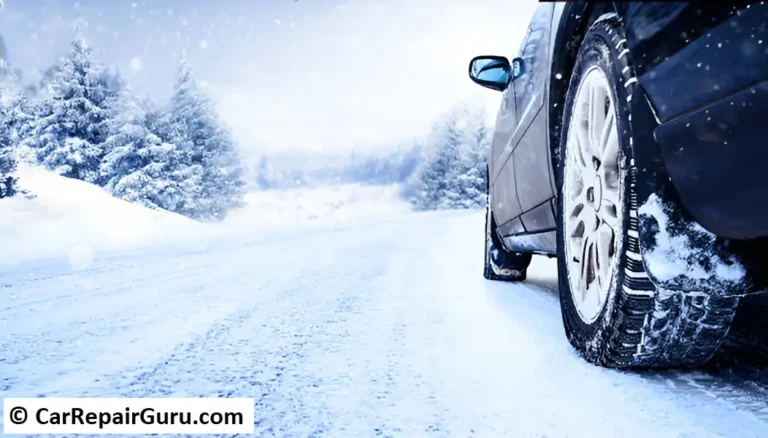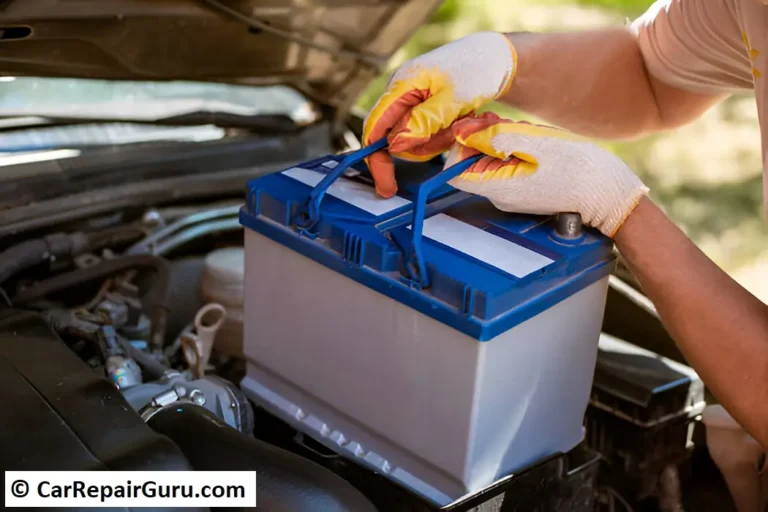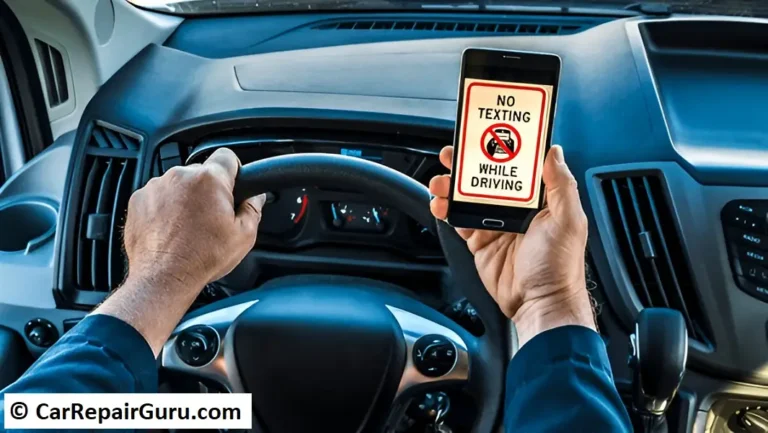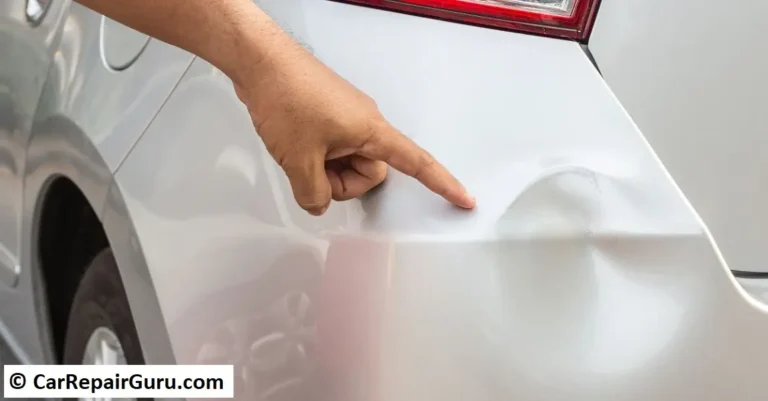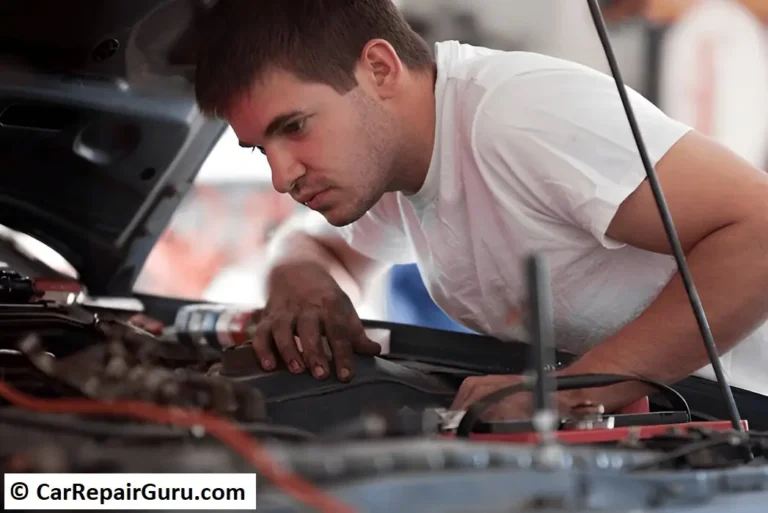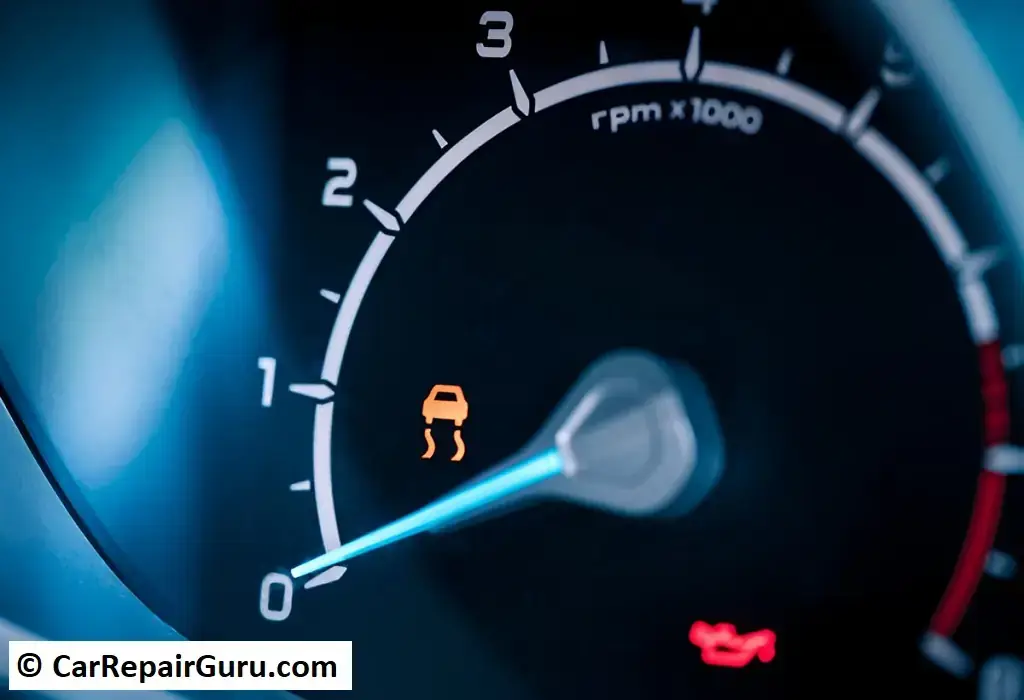
Driving a car isn’t just about stepping on the gas and steering in the right direction. Sometimes, unexpected situations—like a sharp turn on a wet road or a sudden obstacle—can make your car lose stability. That’s where Vehicle Stability Control (VSC) comes in.
What is Vehicle Stability Control?
Vehicle Stability Control (VSC) is an advanced safety system designed to prevent skidding and help drivers maintain control in challenging driving conditions. It works by automatically adjusting brake force and engine power when it detects potential loss of traction. Whether you’re driving on a slippery road or making a quick maneuver, VSC helps keep your car stable and on course.
The Importance of Electronic Stability Control (ESC)
Many manufacturers use different names for stability control, with Electronic Stability Control (ESC) being one of the most common. In fact, ESC is a mandatory safety feature in many countries, thanks to its proven ability to reduce accidents. According to studies, ESC can prevent up to 50% of fatal single-vehicle crashes by correcting vehicle movement before the driver even notices the problem.
How Car Stability Systems Prevent Accidents
The VSC system constantly monitors wheel speed, steering input, and yaw rate (the car’s rotational movement). If it detects a risk of skidding or spinning out, it selectively applies braking to individual wheels and adjusts engine power to bring the vehicle back under control. This process happens in milliseconds, allowing drivers to stay safe even in high-risk situations.
In short, Vehicle Stability Control isn’t just a feature—it’s a lifesaver. By improving car stability and preventing dangerous skids, it plays a crucial role in making modern vehicles safer than ever.
How Vehicle Stability Control Works
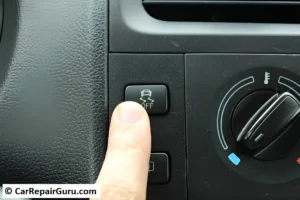
Modern vehicles come packed with advanced safety features, and Vehicle Stability Control (VSC) is one of the most crucial. It operates behind the scenes, continuously monitoring driving conditions and making micro-adjustments to prevent skidding, spinning, or loss of control. But how exactly does it work? Let’s break it down.
Yaw Control: Correcting Vehicle Movement
Yaw refers to a car’s rotational movement around its vertical axis—essentially, whether it’s turning too much (oversteer) or too little (understeer). If a driver takes a sharp turn too fast, the car might spin out or slide off the road. Yaw control detects excessive rotation and applies brakes to specific wheels, correcting the car’s direction and keeping it stable.
The Role of Traction Control System (TCS) in Stability
While VSC prevents overall vehicle instability, the Traction Control System (TCS) focuses on individual wheels, ensuring they don’t lose grip. If one wheel starts spinning too fast on a slippery road, TCS reduces engine power or applies brake force to that wheel, helping the car maintain proper traction. Together, VSC and TCS work as a team to keep the vehicle stable in various conditions.
ABS and Its Contribution to Vehicle Stability Control
The Anti-lock Braking System (ABS) is another key player in car stability. It prevents the wheels from locking up during sudden braking, allowing the driver to maintain steering control. Since VSC relies on precise braking adjustments, ABS plays a supportive role by ensuring the brakes function smoothly without skidding.
Sensors, Braking Force, and Brake Force Distribution
At the heart of Vehicle Stability Control are high-tech sensors that constantly track wheel speed, steering input, and road conditions. When instability is detected, VSC distributes braking force selectively to different wheels, helping the car regain control without the driver needing to intervene.
By coordinating yaw control, traction control, ABS, and brake force distribution, Vehicle Stability Control acts as an intelligent safety net, allowing drivers to navigate unpredictable roads with confidence.
Benefits of Vehicle Stability Control
Driving conditions can change in an instant—wet roads, sudden turns, or unexpected obstacles can make a vehicle unstable. This is where Vehicle Stability Control (VSC) proves invaluable. By continuously monitoring and adjusting a vehicle’s movement, VSC significantly enhances safety and driving confidence.
Skid Prevention and Reduced Accident Risk
One of the biggest advantages of Vehicle Stability Control is its ability to prevent skidding and loss of control. Whether a driver takes a turn too fast or encounters a slippery surface, VSC detects instability and automatically corrects the car’s path by adjusting engine power and braking force. Studies have shown that vehicles equipped with Electronic Stability Control (ESC) reduce the risk of single-vehicle crashes by up to 50%, making it one of the most effective accident-prevention technologies.
Improved Driving Assistance and Lateral Stability Control
Modern driving assistance systems rely on VSC and lateral stability control to keep vehicles steady, especially at high speeds or during emergency maneuvers. By managing yaw (rotational movement) and wheel traction, VSC helps maintain precise handling, reducing the chances of fishtailing or spinning out.
Vehicle Stability Control in Adverse Weather Conditions
Rain, snow, and ice can make roads dangerous, increasing the likelihood of sliding or hydroplaning. Vehicle Stability Control steps in by detecting and compensating for traction loss, ensuring the car stays on its intended path. While VSC doesn’t replace cautious driving, it provides an extra layer of safety when road conditions become unpredictable.
In short, VSC isn’t just a feature—it’s a game-changer for road safety, making modern vehicles far more stable and accident-resistant.
Common Terminology and Variations
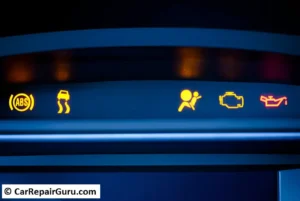
The world of vehicle stability systems includes various names and technologies, often leading to confusion among drivers. While all these systems aim to enhance car stability and prevent loss of control, there are some key differences in how they function.
Electronic Stability Control (ESC) vs. Dynamic Stability Control (DSC)
Many automakers use different branding for their Vehicle Stability Control (VSC) systems. The two most common terms are:
- Electronic Stability Control (ESC): A broad term used for stability control systems that monitor vehicle movement and apply braking to individual wheels when skidding is detected.
- Dynamic Stability Control (DSC): A more advanced version of ESC, often found in high-performance vehicles. DSC not only controls braking but also adjusts engine power to further enhance stability.
While both systems aim to prevent loss of control, DSC offers more aggressive intervention, making it ideal for sports cars and high-speed driving conditions.
Understeer and Oversteer Correction in Modern Stability Systems
Understeer happens when the front wheels lose grip, causing the car to plow forward instead of turning. Oversteer, on the other hand, occurs when the rear wheels lose grip, making the back end swing out too far.
Modern stability control systems detect these situations instantly and adjust braking or engine power to keep the car on course. By correcting understeer and oversteer in real-time, VSC helps drivers maintain full control, even in emergency situations.
Recent Advancements in Vehicle Stability Technology
With rapid advancements in automotive technology, Vehicle Stability Control (VSC) has evolved far beyond traditional electronic stability systems. Modern vehicles now incorporate AI, deep learning, and integrated vehicle dynamics systems to improve stability in real-time, making driving safer and more intuitive than ever.
Integrated Vehicle Dynamics Systems in New Cars
Many new vehicles feature integrated vehicle dynamics systems that combine Electronic Stability Control (ESC), Traction Control System (TCS), Anti-lock Braking System (ABS), and adaptive suspension into a single, cohesive unit. This integration allows the car to react faster and more accurately to changing driving conditions.
For example, luxury and high-performance vehicles now use active yaw control and torque vectoring, which distribute power to individual wheels for maximum stability. This makes high-speed cornering, sudden lane changes, and emergency maneuvers much safer.
AI-Driven Vehicle Stability Control Improvements
Artificial Intelligence (AI) is revolutionizing car stability systems by enabling predictive stability control. Unlike traditional systems that react to instability, AI-driven VSC predicts potential skids or rollovers before they happen, adjusting brake force and engine power in advance. Some high-end cars also use machine learning algorithms that adapt to a driver’s behavior, road conditions, and weather patterns, offering personalized stability enhancements.
Future Role of Physics-Informed Deep Learning in Real-Time Stability Enhancements
Looking ahead, deep learning and real-time physics simulations are set to redefine Vehicle Stability Control. Physics-informed AI models will process enormous amounts of real-time data—wheel speed, tire grip, road texture, and even wind resistance—to make split-second adjustments. This will lead to:
- Better predictive stability control, reducing accident risks even further.
- Seamless adaptation to different driving conditions without driver input.
- Self-learning VSC systems that evolve based on driving patterns.
As AI and deep learning continue to advance, next-generation stability control systems will make driving safer, smarter, and more responsive than ever before.
Real-World Applications and Case Studies
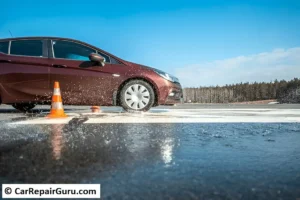
Vehicle Stability Control (VSC) has saved countless lives by preventing skidding, rollovers, and loss of control. From real-world success stories to government mandates, VSC has proven to be a game-changing technology in automotive safety.
Success Stories: How Vehicle Stability Control Prevented Accidents
Several studies and real-world cases highlight the effectiveness of Electronic Stability Control (ESC) in preventing fatal crashes:
- The U.S. National Highway Traffic Safety Administration (NHTSA) found that ESC reduces single-vehicle crashes by up to 50% and fatal rollovers by 80%.
- In Germany, a study by the Federal Highway Research Institute reported a significant drop in severe accidents after ESC became widespread in vehicles.
- A real-world case involved a driver in icy conditions who lost control of their car. The VSC system automatically applied selective braking, preventing a spinout and allowing the driver to regain control before crashing.
These examples show that VSC doesn’t just enhance vehicle performance—it actively prevents accidents and saves lives.
Government Regulations and Mandates for Electronic Stability Control
Recognizing its importance, many governments have made ESC mandatory:
- United States (2012): All new passenger vehicles must have ESC.
- European Union (2014): ESC is a legal requirement for all newly manufactured cars.
- Japan, Canada, and Australia have similar mandates, ensuring global adoption of this life-saving technology.
As vehicle stability control continues to evolve, regulatory bodies will likely push for even more advanced AI-driven safety systems to further reduce accidents worldwide.
Future Trends in Vehicle Stability Control
As the automotive industry advances, Vehicle Stability Control (VSC) is evolving alongside cutting-edge technologies like self-driving systems and electric vehicle (EV) advancements. These innovations promise to make driving safer, smarter, and more efficient.
Self-Driving Technology and Automotive Safety Features
Autonomous vehicles rely on advanced stability control systems to maintain precise handling and prevent accidents. Self-driving cars integrate Artificial Intelligence (AI), machine learning, and real-time sensor data to continuously adjust vehicle stability. Future VSC systems in autonomous cars will:
- Predict and prevent skidding before it happens.
- Adapt to real-time road conditions, including rain, ice, and gravel.
- Work seamlessly with Adaptive Cruise Control (ACC) and Lane Keeping Assist (LKA) to ensure safe, smooth driving.
As self-driving technology improves, stability control will become even more predictive, making accidents due to loss of control nearly obsolete.
Advancements in Vehicle Stability Technology for Electric Vehicles
Electric vehicles (EVs) introduce unique challenges and opportunities for Vehicle Stability Control:
- Instant torque delivery in EVs can cause sudden wheel spin, requiring enhanced traction control systems.
- Lower center of gravity (due to battery placement) improves stability but also demands advanced yaw control adjustments for high-speed turns.
- Regenerative braking systems must be integrated with VSC, ABS, and TCS to ensure smooth braking without affecting vehicle balance.
As EV adoption rises, stability control technologies will continue evolving, ensuring safer and more efficient driving experiences in the future.
Conclusion
Vehicle Stability Control (VSC) has revolutionized road safety, preventing skidding, rollovers, and loss of control in countless situations. By integrating advanced systems like Electronic Stability Control (ESC), Traction Control System (TCS), and Anti-lock Braking System (ABS), modern vehicles offer unmatched stability and handling.
Understanding the difference between traction control and stability control is crucial for drivers. While TCS prevents wheel spin by managing acceleration and grip, VSC actively corrects a vehicle’s direction by adjusting braking force and engine power. Both systems work together, ensuring the car remains stable in all driving conditions—especially in rain, snow, or emergency maneuvers.
As technology advances, AI-driven stability control and integrated vehicle dynamics will make driving even safer. Whether in traditional vehicles or self-driving cars, VSC is an essential feature that every driver should understand and appreciate.
Vehicle Stability FAQ
Q1: What is the difference between Vehicle Stability Control and Traction Control?
A: Vehicle Stability Control (VSC) prevents skidding and loss of control by adjusting brake force and engine power, while Traction Control System (TCS) helps maintain grip by preventing wheel slip.
Q2: Does Vehicle Stability Control work in all weather conditions?
A: Yes, Vehicle Stability Control in adverse weather conditions helps drivers maintain control on slippery surfaces, but it does not replace safe driving practices.
Q3: Can I turn off Vehicle Stability Control?
A: Some vehicles allow disabling Vehicle Stability Control for off-road driving, but it is generally recommended to keep it on for maximum car stability.
Q4: How do I know if my car has Vehicle Stability Control?
A: Look for dashboard indicators such as “ESC” or “VSC,” or check your owner’s manual for details on your vehicle’s stability system.
Q5: Does Vehicle Stability Control increase fuel consumption?
A: No, Vehicle Stability Control only activates during potential loss of control, so it has minimal impact on fuel efficiency.
